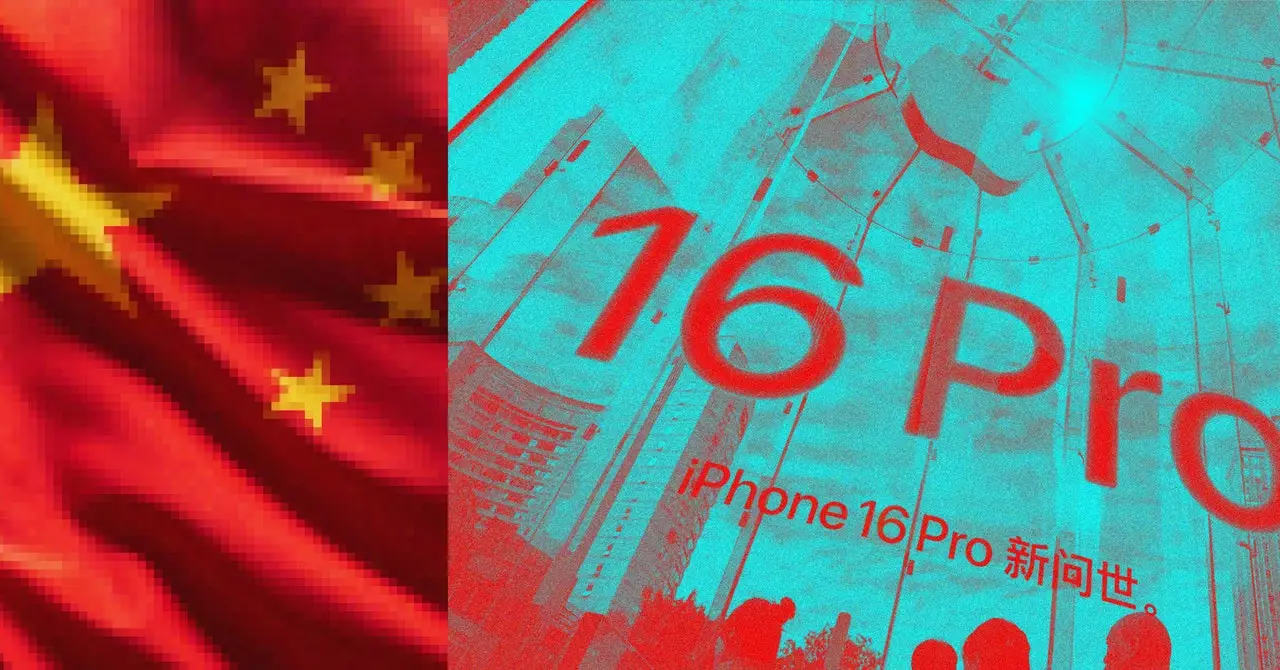In recent years, the expectations placed on multinational technology giants, particularly those hailing from the West, have only intensified. As these companies seek to penetrate the vast and lucrative Chinese market, they must grapple with stringent regulations that demand compliance with local government mandates. The algorithms that dictate online content visibility and AI functionalities must now be registered with Chinese authorities, a move that further tightens the grip of the state on tech operations. Analysts emphasize the complexity of this evolving landscape, where Western companies are compelled to adjust their business models in ways that can alter their core offerings.
The legal framework surrounding artificial intelligence in China is primarily driven by the notion of oversight aimed at fostering state interests and enhancing control. Tan, an expert in technology regulation, points out the hurdles that tech firms might face: “You need to file with regulators. You might need to submit a lot of details about things like coding… many tech companies may not be willing to do that.” This reluctance could stem from fears of exposure and operational losses if proprietary information must meet transparency requirements with government entities.
China’s Ascendant Technological Role
The balance of power has shifted significantly, with China no longer in a subservient role within the technology sphere but now emerging as a formidable leader. Tan articulates this transformative phase: “China is no longer just playing a following role in many technology fields; it is already advancing and taking the leading role.” As a result, Western companies now face not just regulatory scrutiny but also competition from a state that is heavily invested in developing its technological capabilities.
While some may admire China’s regulatory approach to generative AI as a method to protect societal norms and political integrity, others see it as a dangerous precedent. Regulations mandate adherence to “correct political direction” and restrict the generation of content that could disrupt economic and social order. Additionally, these laws ensure that generated content does not propagate misinformation, casting a shadow over the potential for free expression within digital landscapes.
Such a regulatory environment implies that a company’s flagship products could be subjected to significant censorship, altering the way technologies like Siri or other virtual assistants function. For instance, a Chinese version of Siri could theoretically be designed to avoid sensitive topics like the Dalai Lama or Taiwan’s sovereignty, avoiding any discussion that could trigger government ire. This stringent oversight raises concerns over the very nature of what it means for a technology to be genuinely “intelligent” if it operates under the constraints imposed by a particular political narrative.
The ability of Chinese tech firms to navigate these regulations suggests a readiness to align with state directives in exchange for market access. The South China Morning Post highlighted a rapid increase in the approval of large language models (LLMs) in China—188 as of August 2024 compared to just 14 at the start of the year. This increase indicates a thriving environment for state-approved AI technologies that adhere to stringent censorship while providing services to consumers.
Apple’s predicament exemplifies the tension faced by Western tech companies operating in China. Historically, Apple has maneuvered through the intricate web of Chinese policies by practicing self-censorship within its App Store and cooperating actively with local entities. However, the prospect of integrating a customized version of a generative AI model at the core of Apple devices raises pressing ethical questions. Will this integration place Apple in a position that jeopardizes its reputation as a proponent of free expression and personal privacy?
Furthermore, as generative AI becomes increasingly intertwined with everyday technology, Apple risks being perceived as complicit in furthering the Chinese Communist Party’s agenda. This engagement could result in widespread backlash from both domestic and international consumers who value transparency and freedom of information. In this balancing act, Apple finds itself at a crossroads where profitability must be weighed against the potential costs to its brand identity and moral standing in the global marketplace.
Ultimately, the confluence of technological innovation, regulatory pressure, and ethical considerations presents Apple, along with its peers, a formidable challenge in navigating the complex landscape of generative AI in China. As the company forges ahead, it must carefully navigate these waters, ensuring that it does not lose sight of its foundational values in the pursuit of market opportunities.

